In the process of building new rural areas, cultural heritage is increasingly being preserved and promoted effectively. Through extensive promotion, tangible and intangible heritages become attractive cultural and tourism products, attracting a large number of tourists to visit and learn. Thereby contributing to the implementation of the Resolution of the 20th Provincial Party Congress, term 2020 - 2025, which set out "developing tourism into an important economic sector of the province".
Khuoc village's ancestral temple is a place that regularly welcomes groups of visitors to come and learn about ancient Cheo.
Farmers doing tourism
In February 2023, the art of Cheo in Thai Binh province was included in the list of national intangible cultural heritage by the Ministry of Culture, Sports and Tourism. During the process of Thai Binh province coordinating with localities to submit to UNESCO to include Cheo art in the list of representative intangible cultural heritage of humanity, the unique value of this art form has increasingly received attention in the mass media, bringing the Cheo tune of the rice fields closer to tourists from all over the country.
Khuoc village, Phong Chau commune (Dong Hung) on summer days, under the blazing sun, artisans here still diligently instruct the next generation of the ancient Cheo village and warmly welcome tourists.
Khuoc village artisans teach the next generation of ancient Cheo village.
Ms. Vu Thi Thao, a member of the Khuoc village Cheo Club, said: When coming to Khuoc village, tourists can listen to typical Cheo melodies, listen to the artists share the meaning of the lyrics and learn about the process of passing on the profession. From the activity of regularly welcoming tourists, the artists wish to contribute to spreading and promoting the heritage of their homeland, hoping that more and more domestic and international tourists will learn about the art of Cheo.
Step by step development of community tourism associated with ancient Cheo village is the direction that the functional branches of the province and the Phong Chau commune government are interested in, implementing many solutions, thereby contributing to changing the appearance of the countryside, making traditional art become a driving force in the process of implementing the criteria for building advanced new rural areas. Also a locality developing community tourism from preserving cultural heritage, Nam Cao commune (Kien Xuong) is a destination for many domestic and international tourists.
Ms. Nguyen Thi Ha, production manager of Nam Cao Linen Weaving Cooperative, said: The Cooperative currently has more than 200 members, with very stable jobs. Local people are passionate about the profession, so they are increasingly attached to the Cooperative. Each year, the Cooperative produces over 10,000m of fabric, many products from linen weaving are exported abroad. Previously, when it comes to tourism activities, artisans in the craft village were unfamiliar, but now there are many domestic and international delegations coming to visit and giving positive feedback about the warm, rustic welcome of artisans in the village, like welcoming relatives in the house. The Cooperative is building community tourism tours, hoping to create more income for the people here, not only from increasing the value of products, selling many products right in the craft village, but also having additional income from tourism services.
Turn the countryside into a unique tourist destination
With the motto of developing tourism to become a driving force for economic growth and economic restructuring of the province, gradually increasing the proportion of industry, trade, services, and at the same time developing agriculture in a modern direction, the Department of Culture, Sports and Tourism has advised on the drafting of a Resolution of the Provincial Party Committee on developing tourism into an important economic sector of the province; a plan of the Provincial People's Committee to implement Resolution No. 82/NQ-CP, dated May 18, 2023 of the Government on key tasks and solutions to accelerate recovery and accelerate effective and sustainable tourism development; a plan for tourism development in Thai Binh province to 2025, with a vision to 2030. At the same time, rural tourism exploitation activities are deployed in conjunction with the implementation of the project of one commune, one product in Thai Binh province to 2020, with a vision to 2030.
Accordingly, in localities, a number of community tourism and rural tourism products have been built, mainly in areas with traditional craft villages and agricultural specialties such as: experiential tourism, learning about clean, safe and environmentally friendly agricultural production models in the large-scale fields of Quynh Hai commune (Quynh Phu); community tourism, experiencing traditional farming life in Bach Thuan garden village (Vu Thu); experiential tourism of Hong Ly mustard flower garden, EPC farm Minh Lang flower farm (Vu Thu); experiential tourism of practicing traditional crafts in Dong Xam silver carving village (Kien Xuong), Nguyen village's rice cake making village, Khuoc rowing village (Dong Hung)..., thereby contributing significantly to promoting and stimulating the consumption of agricultural products in localities.
Visitors choose products at the booth introducing craft village products of Nam Cao Linen Weaving Cooperative.
Tourism development is identified as a great potential to build villages into unique community tourism destinations, contributing to poverty reduction and rural socio-economic development. The provincial tourism industry has created jobs for more than 5,000 direct workers, achieving an average growth rate of nearly 16% for 3 consecutive years from 2017 to 2019, before the decline due to the impact of the Covid-19 epidemic. After implementing recovery measures and reopening tourism, in the first 6 months of 2022, the number of tourists increased again. In 2022, Thai Binh tourism industry welcomed 705,567 visitors, with revenue of 423 billion VND. In 2023, the number of tourists increased by 15.5% compared to 2022, with estimated revenue of 500 billion VND.
It can be affirmed that Thai Binh has the opportunity to develop its tourism economy. The tourism industry aims to welcome over 4.5 million visitors by 2030, create jobs for about 14,600 workers serving tourism, prioritize the development of rural workers trained on the spot, and tourism revenue by 2030 is estimated to reach 7,000 billion VND. It is believed that when the Resolution on developing tourism into an important economic sector of the province with key tasks and solutions is issued, it will add more motivation for rural tourism to develop further based on the joint efforts and determination of the whole community, businesses and each person. From there, we will move towards a sustainable tourism brand, bringing a unique attraction of Thai Binh rice land on the tourism map of Vietnam.
Tu Anh
Source: https://baothaibinh.com.vn/tin-tuc/19/206836/ky-4-de-mach-nguon-chay-mai


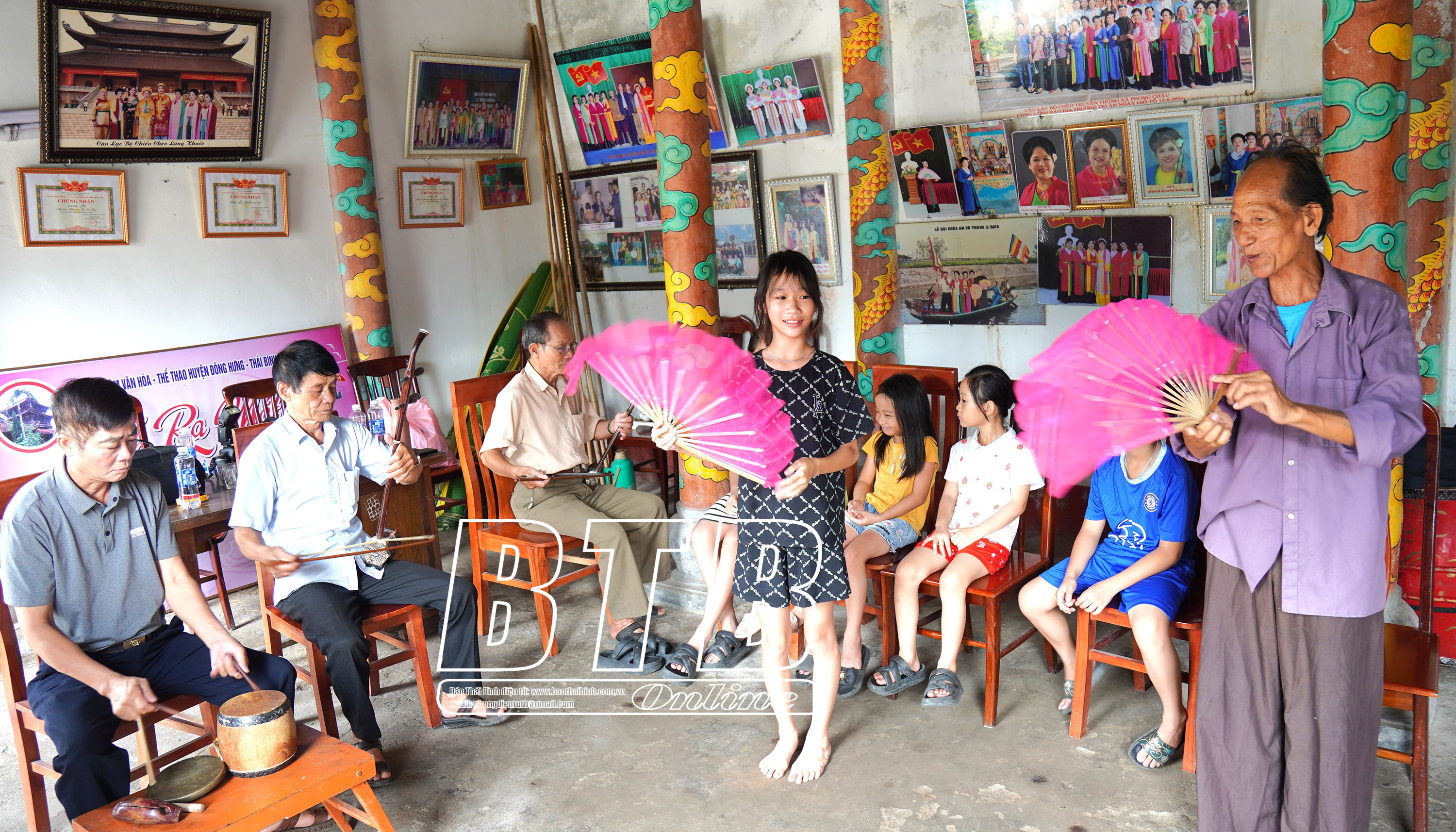
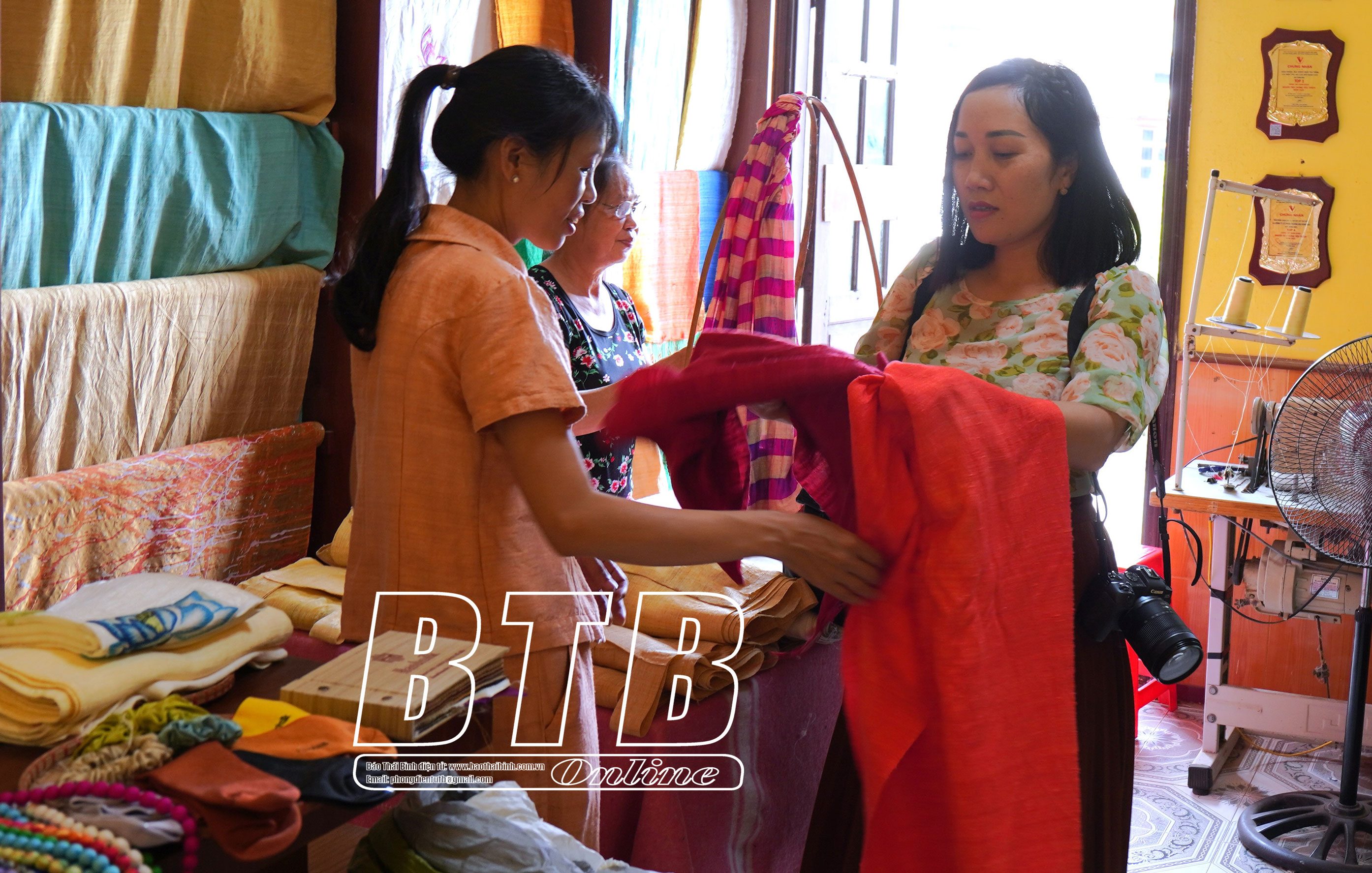
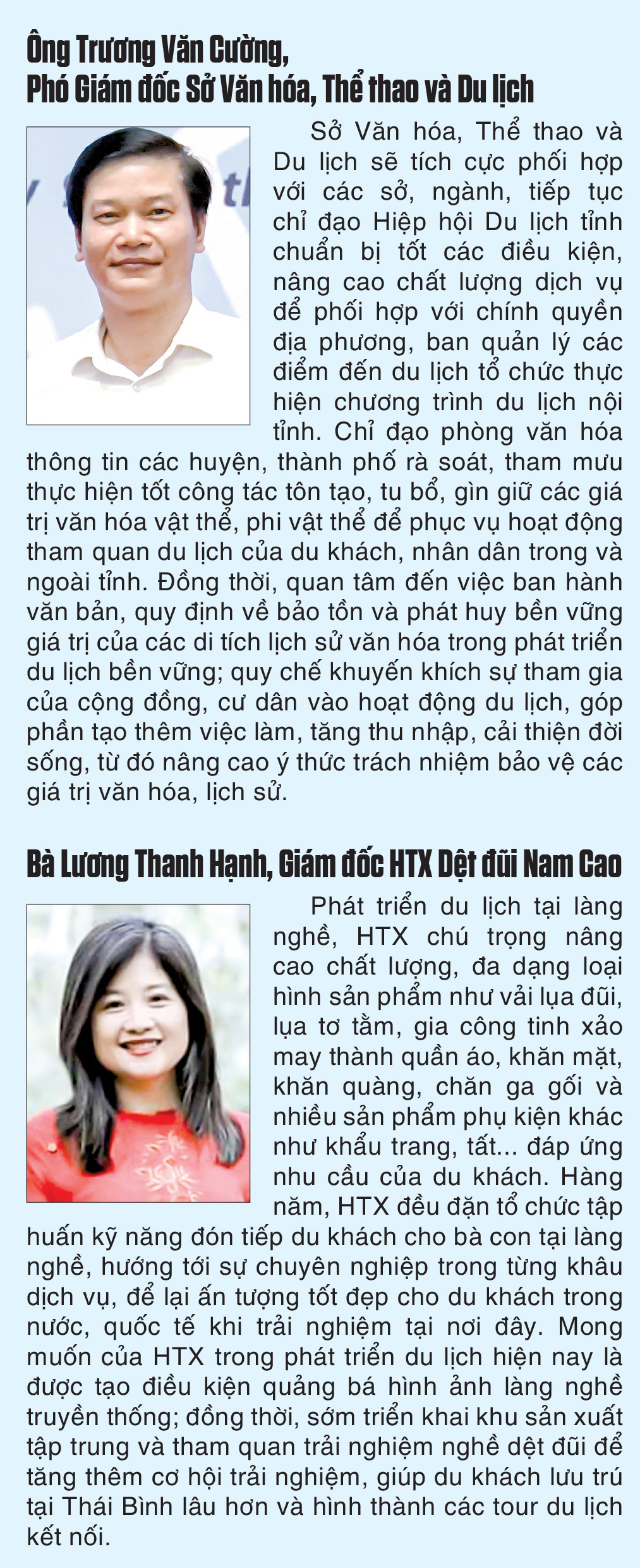


![[Photo] Hanoi morning of October 1: Prolonged flooding, people wade to work](https://vphoto.vietnam.vn/thumb/1200x675/vietnam/resource/IMAGE/2025/10/1/189be28938e3493fa26b2938efa2059e)




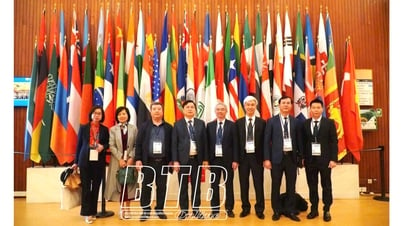


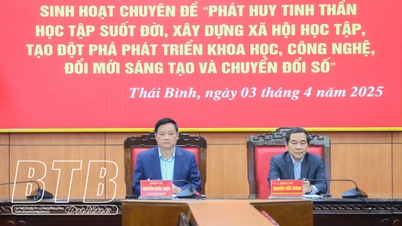

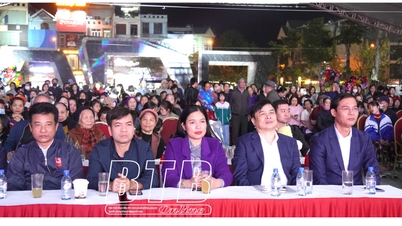
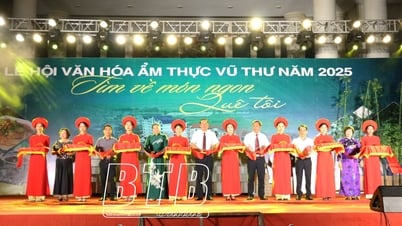


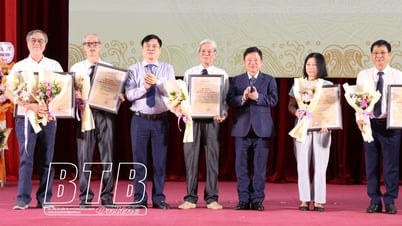
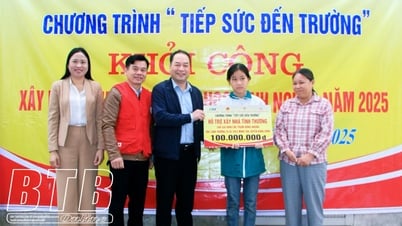
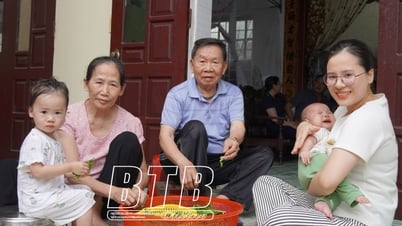





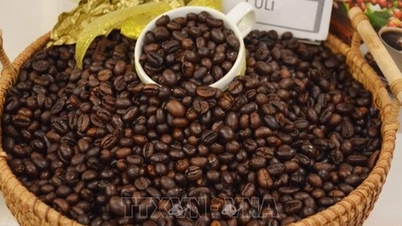
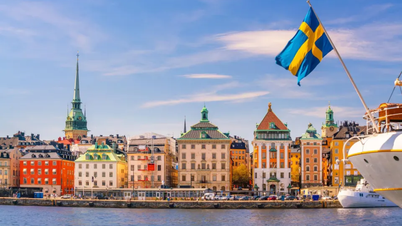
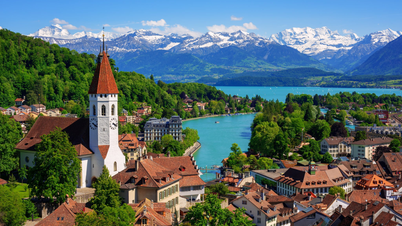

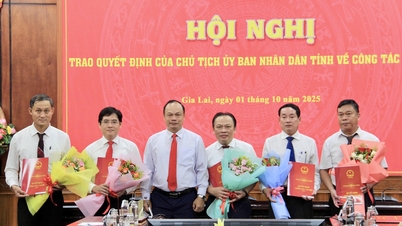
![[Photo] The 1st Congress of Phu Tho Provincial Party Committee, term 2025-2030](https://vphoto.vietnam.vn/thumb/1200x675/vietnam/resource/IMAGE/2025/9/30/1507da06216649bba8a1ce6251816820)
![[Photo] President Luong Cuong receives President of the Cuban National Assembly Esteban Lazo Hernandez](https://vphoto.vietnam.vn/thumb/1200x675/vietnam/resource/IMAGE/2025/9/30/4d38932911c24f6ea1936252bd5427fa)
![[Photo] Panorama of the cable-stayed bridge, the final bottleneck of the Ben Luc-Long Thanh expressway](https://vphoto.vietnam.vn/thumb/1200x675/vietnam/resource/IMAGE/2025/9/30/391fdf21025541d6b2f092e49a17243f)






















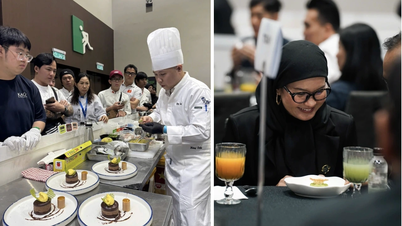

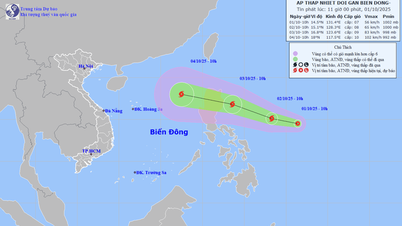
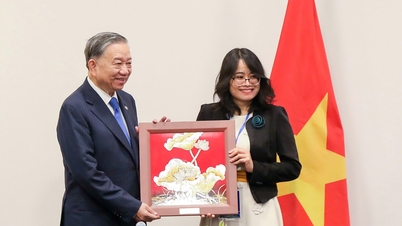

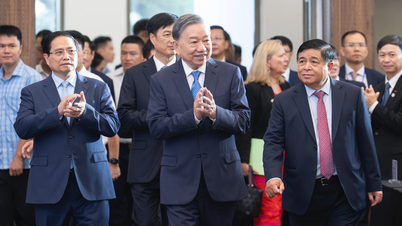










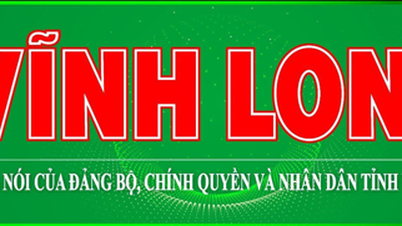

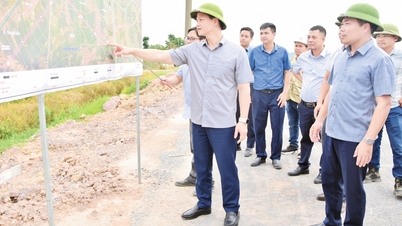

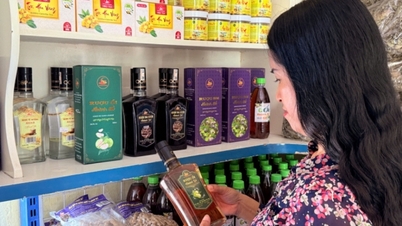

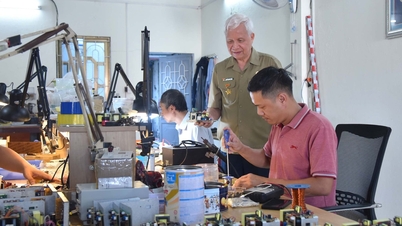















Comment (0)